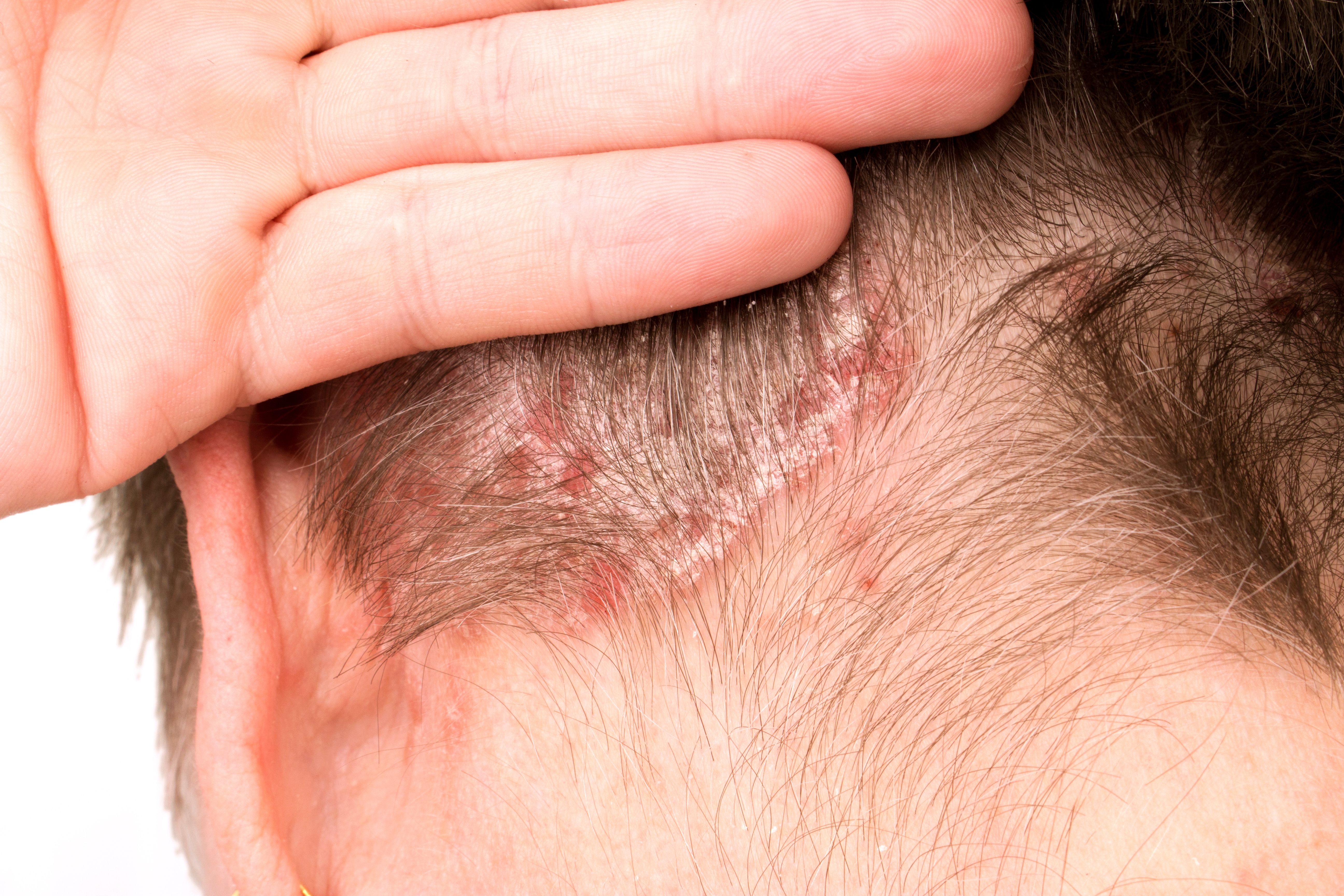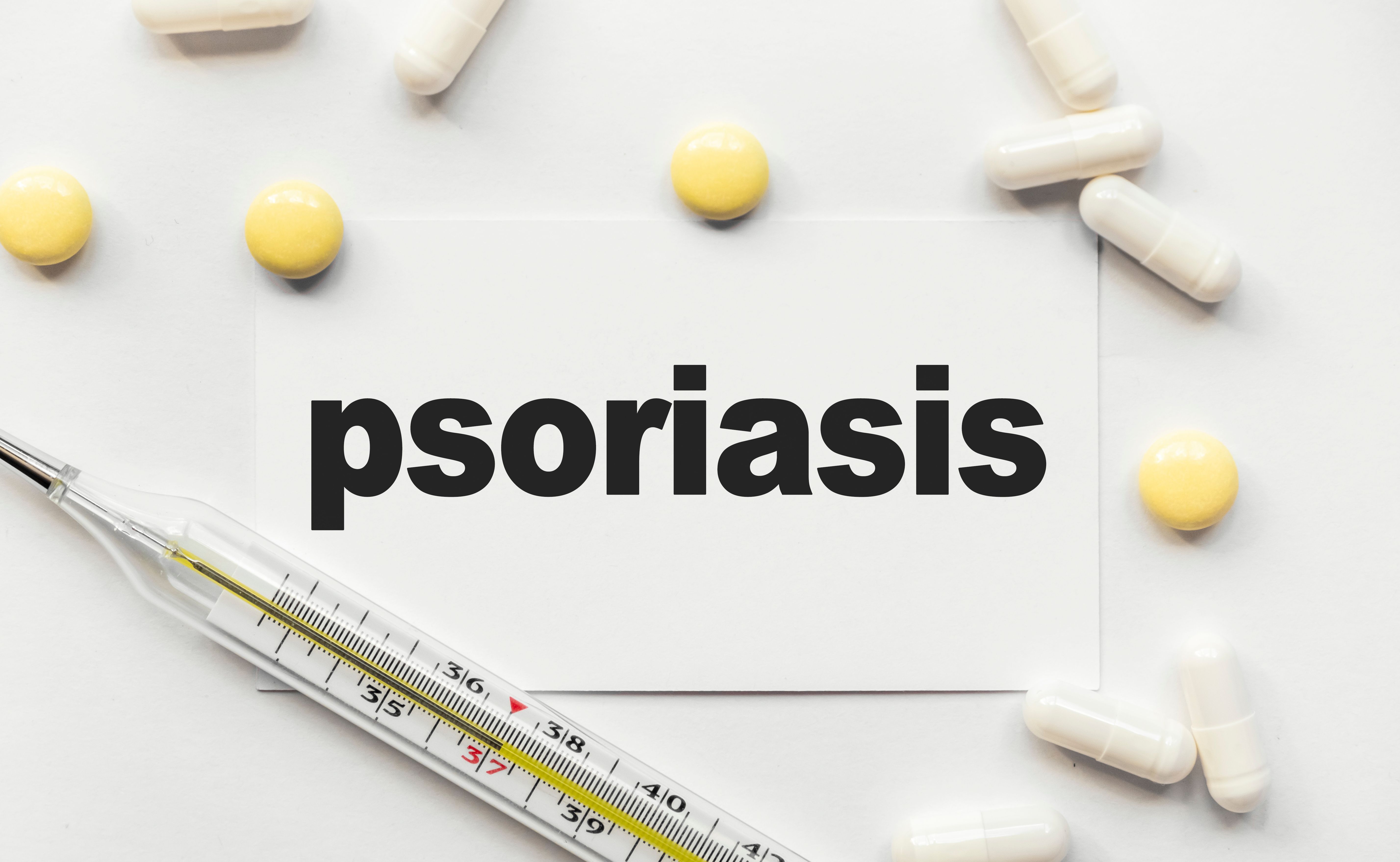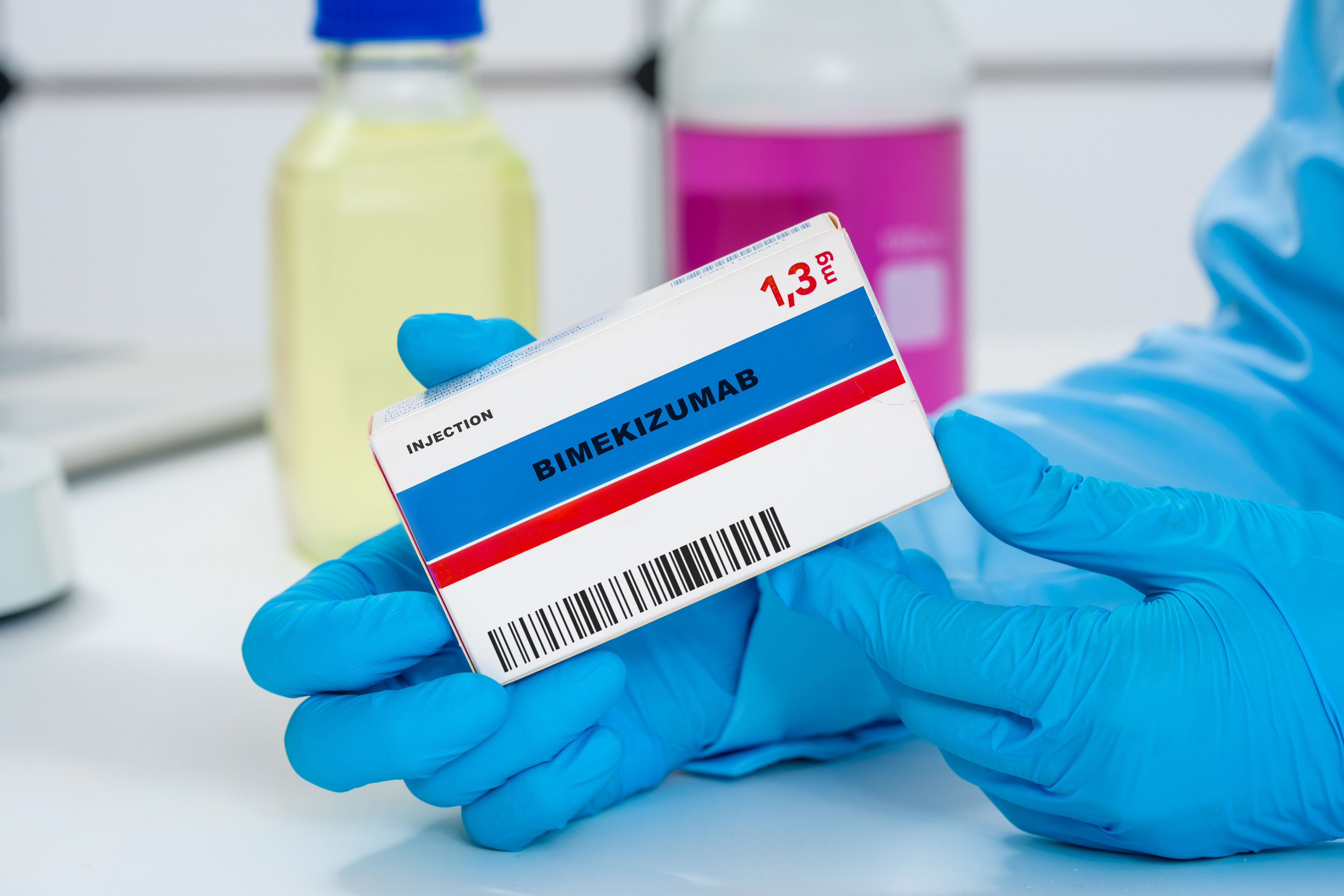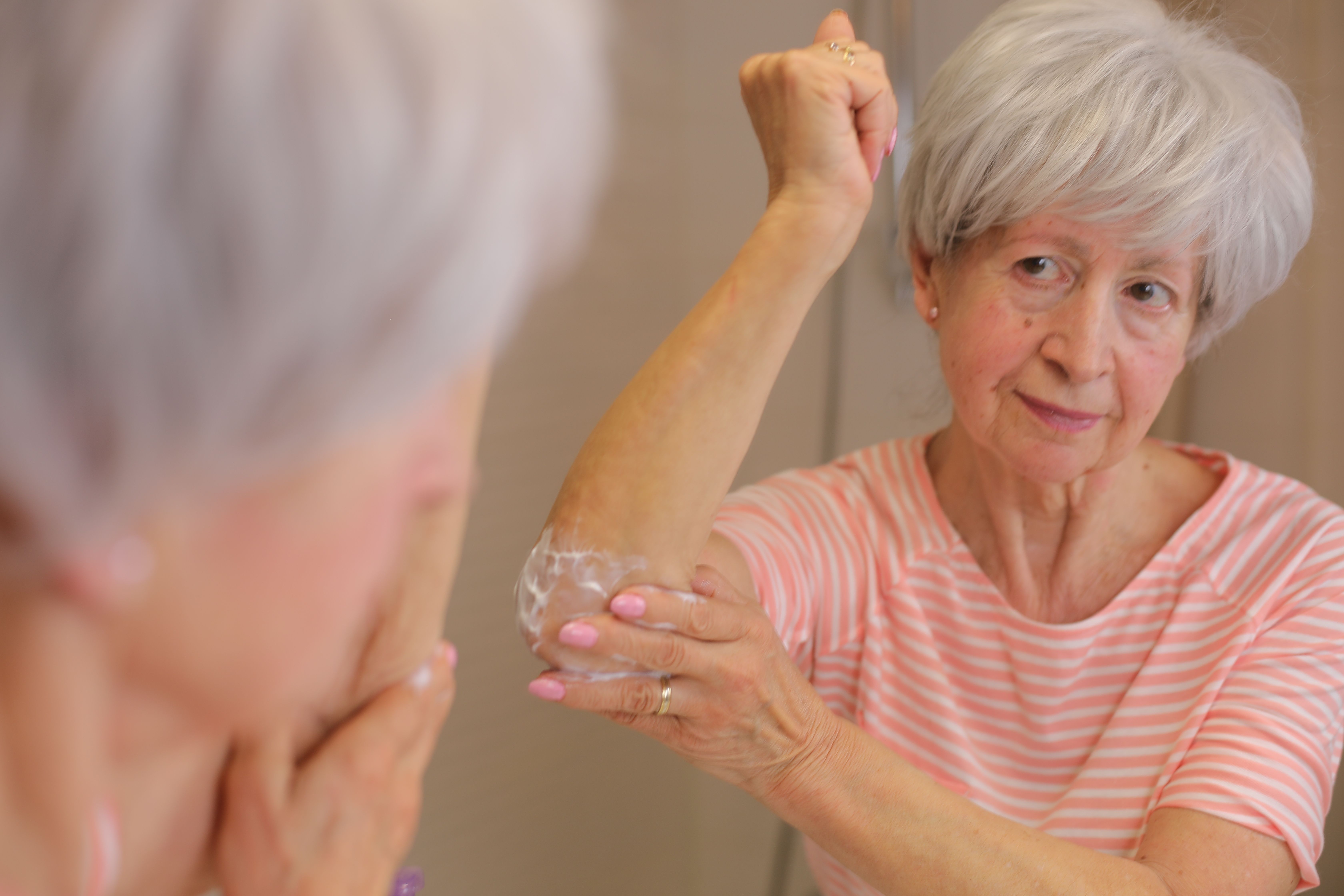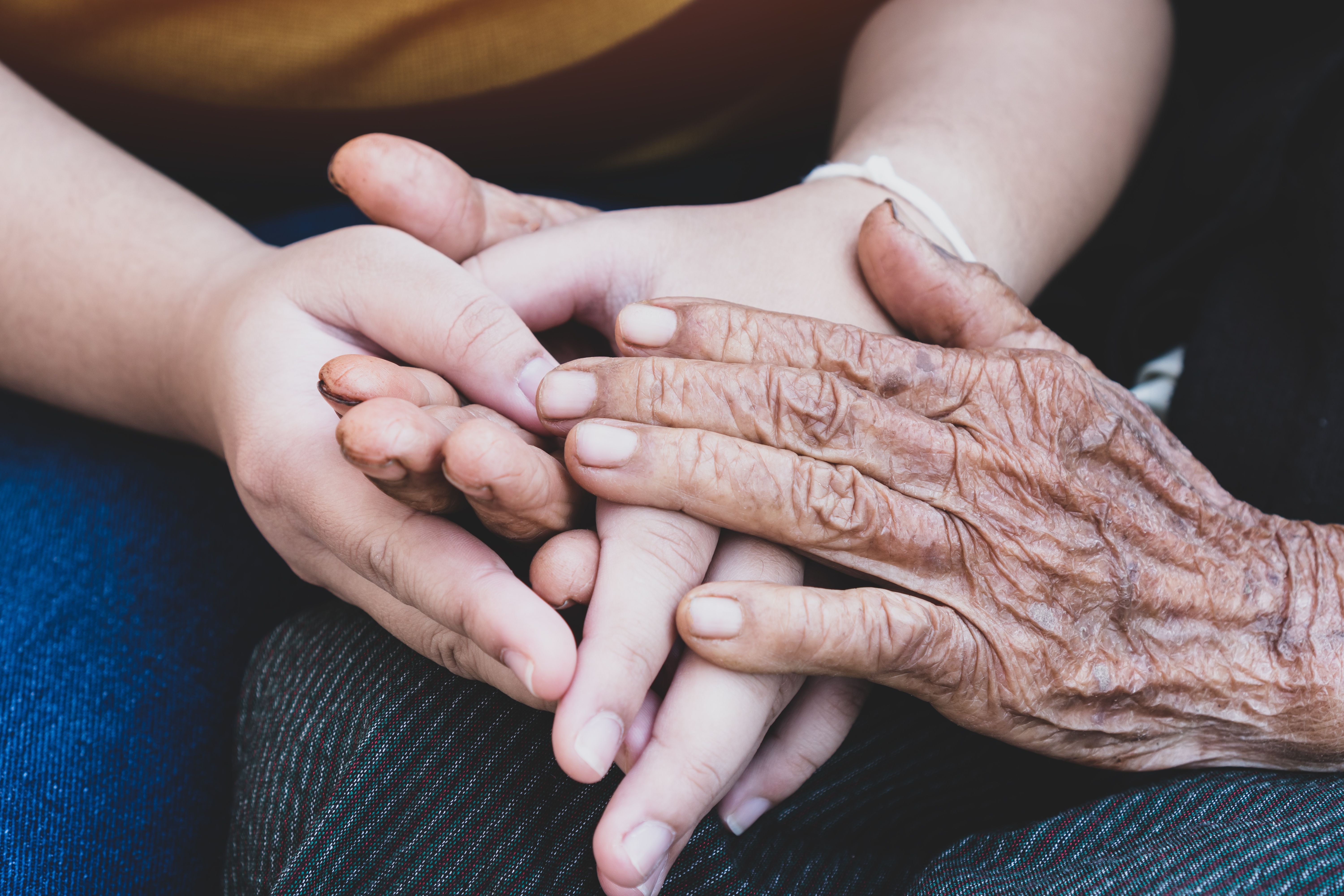News
Article
Black Individuals Have Higher Odds of Receiving Skin Biopsies for Psoriasis
Author(s):
Findings from a new study reveal significant racial differences in skin biopsy frequency for psoriasis diagnosis, indicating potential diagnostic challenges, particularly for Black patients.
Black individuals were found to be twice as likely to undergo a skin biopsy compared with White individuals, suggesting that dermatologists may face greater challenges in diagnosing psoriasis in darker skin tones.1
This study suggests that diagnostic uncertainty may also contribute to delays in treatment and a higher disease burden among Black individuals with psoriasis.
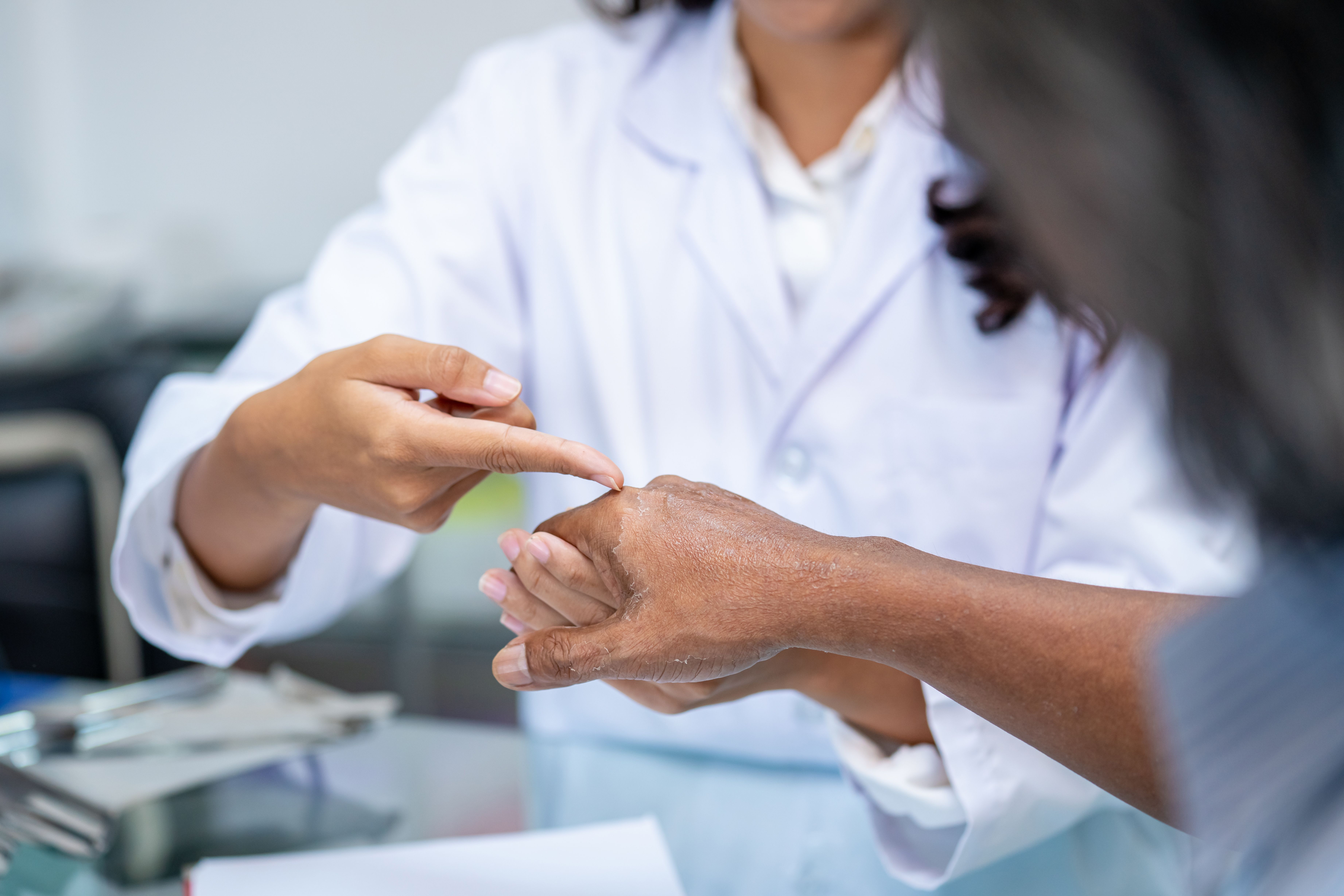
This cross-sectional study is published in JAMA Dermatology.
“Although survey studies of medical trainees and practicing dermatologists indicate greater uncertainty in diagnosing psoriasis among individuals with darker skin, how this translates to clinical practice remains poorly understood,” wrote the researchers of the study. “Therefore, we aimed to evaluate skin biopsy frequency, as an indicator of diagnostic uncertainty, by race and ethnicity among patients with psoriasis seen in an academic dermatology practice.”
The global burden of psoriasis has been on the rise over the last 3 decades, according to an epidemiological study on the prevalence, incidence, and burden of suffering caused by the disease.2 Psoriasis affects more than 7.5 million adults in the United States and is most common in non-Hispanic White individuals.3
The study was conducted among patients 18 years and older who were seen in outpatient dermatology clinics within the University of Pennsylvania Health System.1 All individuals had at least 1 encounter as indicated by an International Classification of Disease, Ninth Revision or Tenth Revision code for psoriasis between January 1, 2010, and December 31, 2019.
The primary outcome was whether patients had at least 1 skin biopsy for psoriasis. Additionally, the primary independent variable was race and ethnicity, which was determined using electronic medical record documentation.
A total of 10,008 patients met the inclusion criteria, with 477 (2.8%) patients who received a skin biopsy for psoriasis. Black individuals had the highest biopsy rate (9.8%), followed by Asian or Other Pacific Islander (4.7%), White (4.1%), patients of unknown race (4.0%), Hispanic (3.7%), and other races (1.61%).
After adjusting for sociodemographic and health care utilization factors, Black patients had significantly higher odds (OR, 2.03; 95% CI, 1.54-2.65; P < .001) of receiving a skin biopsy for psoriasis compared with White patients. These findings were consistent across sensitivity analyses, reinforcing the association between race and biopsy frequency.
The researchers believe the higher biopsy rate among Black patients suggests greater diagnostic uncertainty when diagnosing psoriasis in this population, which may lead to delays in treatment and contribute to the greater disease burden observed among Black individuals with psoriasis.
However, the researchers also acknowledged some limitations to their study. Although racial differences in biopsy rates were observed, the possibility remains that Black patients in the study population may have presented with different clinical histories or symptoms that warranted more frequent biopsies. Additionally, the study was conducted in an urban academic practice, which may not be representative of other settings.
Despite these limitations, the researchers believe the study offers valuable insights into racial disparities in psoriasis diagnosis.
“These findings add to the limited literature on diagnostic uncertainty by patient race and ethnicity in the clinical setting; they confirm similar findings from a small prior study and provide important granularity on the association between specific racial and ethnic groups and the likelihood of skin biopsy for psoriasis,” wrote the researchers.
References
1. Ahmed F, Fitzsimmons R, Chu EY, et al. Frequency of skin biopsies for psoriasis by race and ethnicity. JAMA Dermatol. 2024;160(9):1003–1005. doi:10.1001/jamadermatol.2024.2554.
2. Joszt L. Global burden of psoriasis has risen for 3 decades. AJMC. June 3, 2020. Accessed September 19. 2024. https://www.ajmc.com/view/global-burden-of-psoriasis-has-risen-for-3-decades.
3. Armstrong AW, Mehta MD, Schupp CW, et al. Psoriasis prevalence in adults in the United States. JAMA Dermatol. 2021;157(8):940-946. doi:10.1001/jamadermatol.2021.2007.
